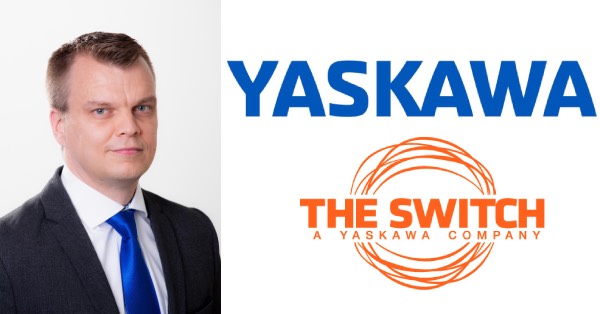
Forward-thinking owners who want to optimize energy efficiency and outrun ever-stricter environmental regulations need future-proof propulsion solutions that are versatile and reliable. Direct-drive electric propulsion based on permanent magnet (PM) technology ticks all the boxes, says Jussi Puranen of Yaskawa Environmental Energy / The Switch.
I am convinced that direct-drive electric propulsion will replace conventional diesel-mechanical systems asthe premium solution for energy-efficient ships within 10 years.
Given looming new regulations including EEXI and CII, and Phase 3 of EEDI, many existing ships will need to be retrofitted to improve performance. Ships with low EEXI scores may struggle commercially as the market becomes more choosey, while poor performance in the CII will also put vessels at a competitive disadvantage. Owners will need to take remedial action.
Leading the pack
Direct-drive electric propulsion based on permanent magnet technology is, in my view, the premium solution to meet these challenges. The system does not require gearing and is significantly more reliable versus conventional geared installations. Everyone knows replacing a dodgy gearbox on any vessel is a huge task.
The ‘permanent’ in PM means the magnetic field created requires no current to be fed into the rotating unit, making the technology very efficient. Rotation speed of the motor is around 100 rpm instead of 1,000 or 1,500 rpm. PM motors are also much simpler in construction than conventional synchronous motors. Only minor maintenance such as checking seals and cooling fans is required, prolonging motor life and reducing operating costs.
Integration flexibility
PM motors have already been successfully applied to direct-drive electric propulsion in ships both with single and twin screws. The system can be used both with fixed pitch and controllable pitch propellers, and in the future could also be possible for podded propulsion. Power capacity suits any size of vessel. The latest-generation machines can provide up to 12MW to 15MW on one shaft line, but two in tandem doubles the power. The same tandem solution on twin shaft lines can give up to 50MW of power, suitable for the largest vessels. With electrical propulsion, you also have full torque available starting from zero speed – versus conventional combustion engines that have no torque at close to zero speed. That is perfect for powerful icebreakers, for example, needing to bash through ice ridges from a standing start.
Fuel agnostic
PM motors can be powered by gensets using any energy carrier, be it methanol, ammonia or hydrogen in the future, perhaps even nuclear energy from on-board thorium reactors. Batteries too, of course. Frequency converters enable precise speed control via the vessel power management system. The entire system is also more compact, which is a huge advantage, especially for retrofits with limited space.
Granted, the efficiency of PM motors depends on vessel operating profile. They are most efficient at 50–70% of full load, which happily matches the optimal point at which ships mostly operate today. They also have unmatched power density and can be up to 50% lighter than conventional machines. Quiet operation and minimal vibration are further benefits.
Setting the standard
Megawatt-class PM machines also make perfect shaft generators to boost efficiency at any power and any speed. They have become commonplace for shaft generators, typically at the request of shipowners. I believe the same will happen with direct-drive electrical propulsion using PM motors, both for newbuilds and retrofit projects. A recent comparative study for a 174,000 cbm, twin-screw LNG carrier showed that installing a PM shaft generator saves an estimated USD 75,000 in fuel costs every year. This would be more or less the same for electrical propulsion using a PM motor. That’s a pretty good base to work from.








































